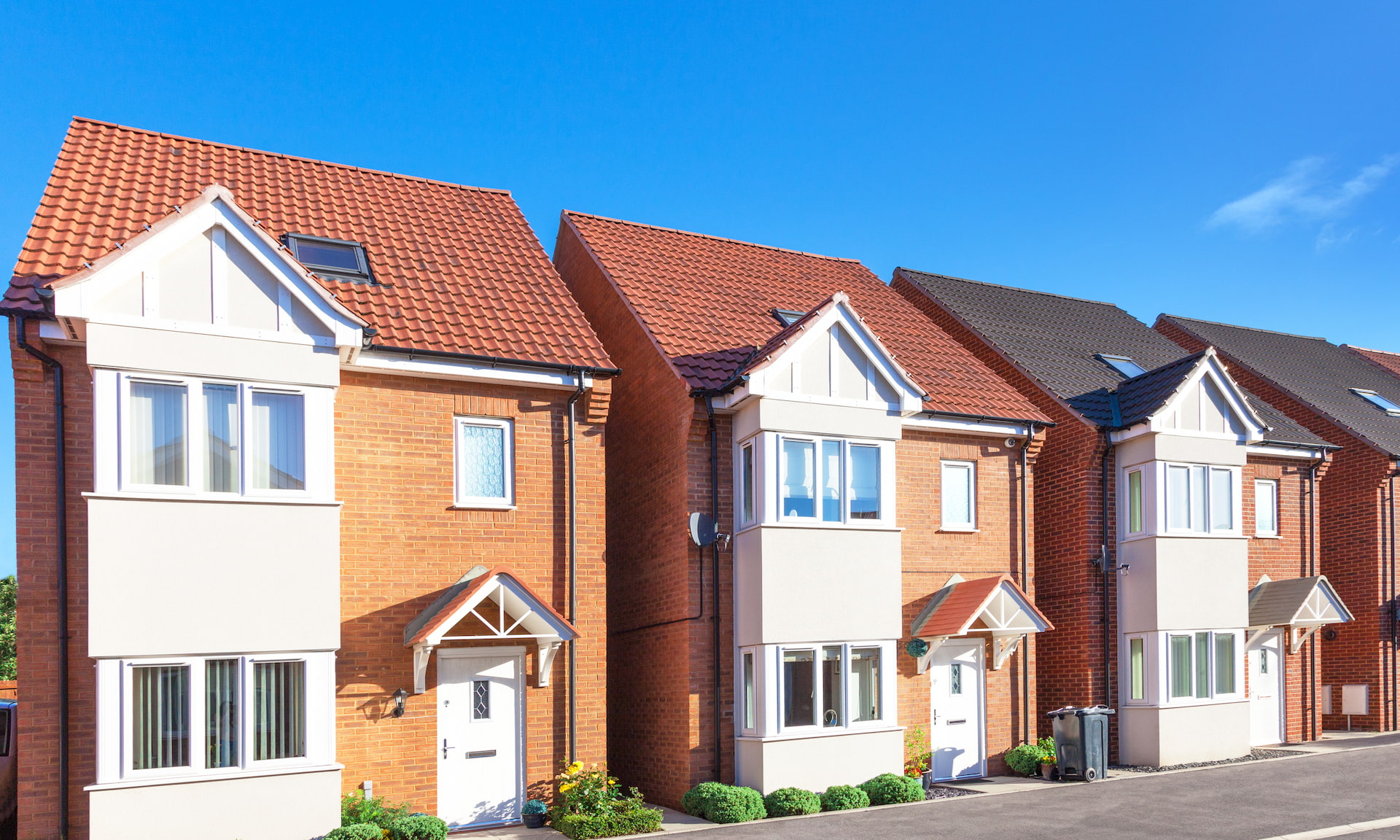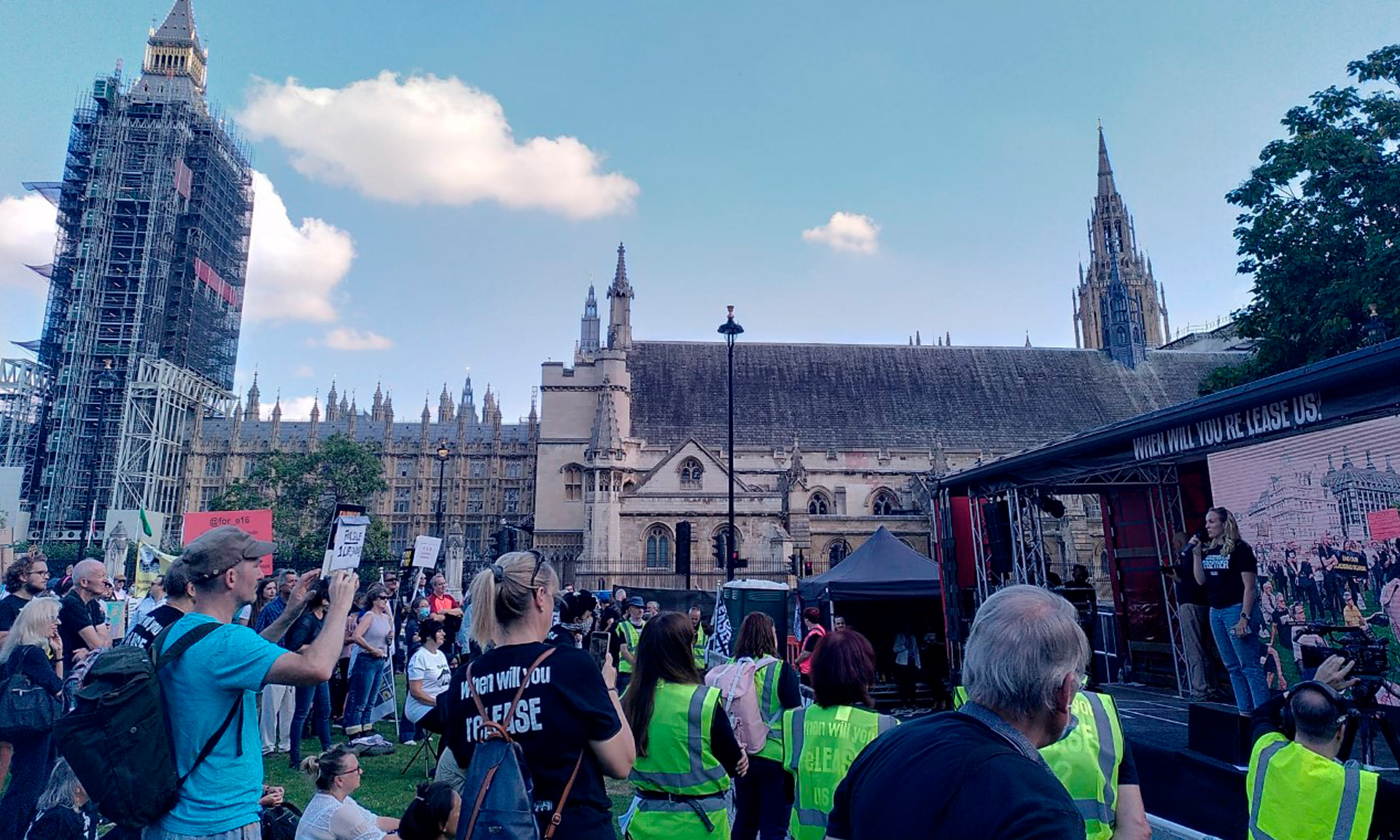
Mortgage rates have hit record lows for some borrowers, but could prices drop even further?
Mortgage lenders are engaged in a battle to tempt borrowers with big deposits, and even those with the smallest down-payments are seeing rates fall.
Here, Which? explains why mortgages are becoming cheaper and speak to two experts about whether this is the start or the end of the rate war.
Mortgage price war results in record low rates
Mortgage rates have been falling consistently in the last few months, offering buyers with big deposits the lowest rates on record.
The price war started back in May, when TSB launched the first sub-1% two-year fixed-rate mortgage seen since 2017.
Since then, we’ve seen rates on two-year fixes fall to just 0.83%, and five-year fixes drop below 1% for the first time.
These chart-topping deals are all available at up to 60% loan-to-value, so they’re only suitable for buyers with large deposits or people remortgaging with significant equity in their home.
Are cheaper rates just for people with big deposits?
So far, the price war has largely focused on 60% mortgages, with lenders looking to secure the custom of low-risk borrowers. This means some buyers are locked out of the best deals.
Martijn van der Heijden of the online mortgage broker Habito says: ‘People with smaller deposits, with short employment history, who are self-employed or are buying new-build homes, have all seen much less of a price war.’
There are signs, however, that deals at higher loan-to-value (LTV) levels are quietly dropping in price, with the cheapest 75% two-year fix now priced at just 0.99%.
David Hollingworth of L&C mortgages believes even buyers with the smallest deposits are now benefiting from much lower rates than before.
He says: ‘The 95% mortgage market has seen a rapid increase in lender and product choice, and this has helped to improve rates. Rates started out at nearer 4% earlier this year, but they are rapidly getting closer to 3%.’
How much lower could mortgage rates go?
The big question for people looking to take out a mortgage is whether now is the time to take the leap, or whether rates could fall even lower in the coming months.
David Hollingworth says: ‘It certainly feels as though there can’t be much more to be shaved off rates at the moment, but we can’t rule out there being some lower rates to come’.
He says people remortgaging may find the cost of being moved on to their lender’s standard variable rate for a short period outweighs the benefits of waiting for a cheaper deal.
Martijn van der Heijden believes the price war has been caused by a combination of record levels of savings deposits and the introduction of the stamp duty holiday, which staved off fears of house prices falling in the wake of Covid-19.
He says: ‘We don’t think these mortgages are especially profitable for lenders right now, so rates are unlikely to go down much further from here. The record-low deals on some two and even five-year deals may not last for long.’
When will rates start to rise?
Cheap mortgage deals could soon be under threat from rising inflation. Last month inflation hit 2.5%, and the think tank Resolution Foundation predicts it could soon rise as high as 4%.
Higher inflation could result in an increase in the Bank of England’s base rate, which has an impact on the pricing of mortgages.
The base rate is the rate of interest the Bank charges when lending money to commercial banks. It’s currently at a record low of 0.1%, but the prospect of a rise would likely see lenders bump up their prices.
The Bank’s Monetary Policy Committee votes on the base rate eight times a year. Last month, it decided unanimously to maintain the current 0.1% rate. This means the rate is unlikely to rise imminently, but lenders are sure to be on their guard.
Martijn van der Heijden says: ‘If inflation is deemed to rise structurally, the Bank of England will raise rates. Even before this happens, just the signalling of such an intention is likely to lead to a sharp and fast increase in mortgage pricing.’
Listen to the latest episode of the Which? Money Podcast to find out how rising inflation could impact your money.
Best mortgage rates for buyers and remortgagers
The charts below show the cheapest rates currently available to people buying a home or remortgaging.
We’ve included both as rates can vary slightly. For example, a couple of the cheapest deals currently on the market are only available to people buying a home.
You can hover your cursor over the bars in each chart to see the cheapest rate and which lender offers it.
Best rates for people buying a house
Best rates if you’re remortgaging
Should you always choose the cheapest rate?
The lowest rates are sure to be tempting, but they may not be all that they seem.
Lenders are increasingly charging up-front fees as high as £1,499 on their market-leading deals. A higher fee allows lenders to battle to offer lower rates, but increases the overall cost of borrowing for the person taking on the mortgage.
We’ve found that in some cases, borrowers could be better off in the long run taking a more expensive rate with a lower fee.
David Hollingworth says: ‘Lenders may consider using higher arrangement fees to help them depress the headline rates further. Fortunately, most offer a range of options including slightly higher rates with smaller or even no fee, so it should be possible to find the right overall fit.’
Martijn van der Heijden says ‘A good mortgage adviser will give you deals based on their ‘true’ cost, taking into account any associated fees, charges, or cash back incentives, so you can compare the costs fairly between different products.’



